Hardware products can be a tough sell. Especially when they are new or complex technologies. Not only do you have to educate the customer about the product’s functionality, applications, and ROI, but you also have to differentiate your hardware product from other solutions.
Unlike simpler, less expensive products which can have a simple A to B ecom process, the complex, more expensive B2B hardware product typically requires several stages of marketing and sales before the deal is closed. While the cold calling sales rep using a rolodex was once the norm for these types of hardware products, nowadays, more advanced demand generation campaigns that leverage content marketing can drive warm leads and let the sales teams focus on closing deals.
But why content marketing?
Buying your hardware product is a big commitment for your prospects. They need to be wooed over a longer period of time, but that’s impossible if you don’t know who they are and how to reach them. Getting someone to download a free guide or sign up for a webinar is a much lower hurdle than an expensive product purchase, which means capturing the lead so you can nurture them toward the sale.
Here is a simple process for generating leads with content marketing.
Step 1 – Do research and identify a topic that your target audience is constantly searching for
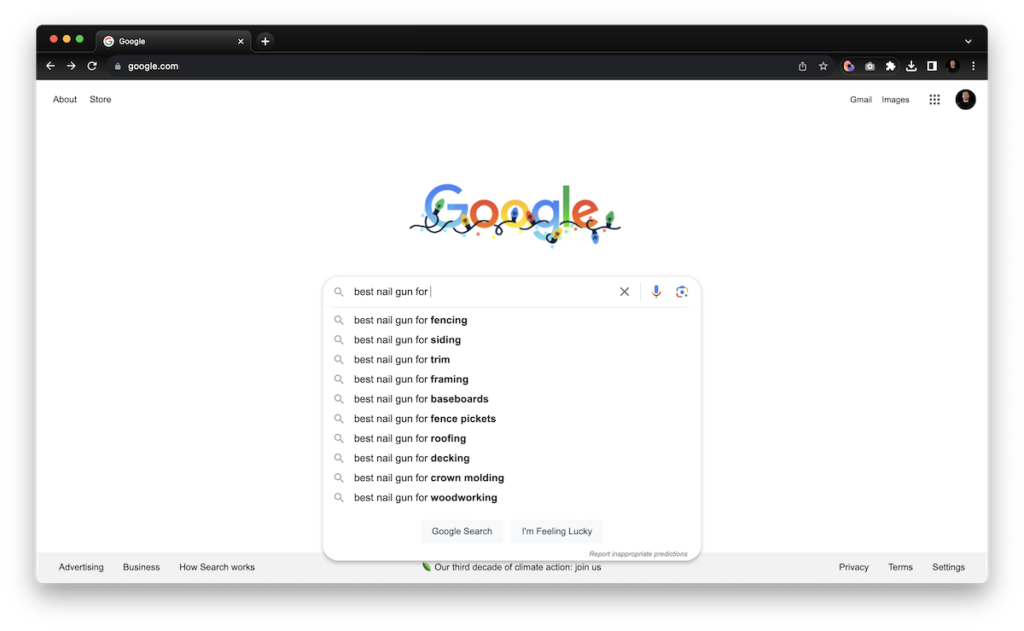
Hopefully you already know who your target audience is, but if not you should probably take some time to build out your ideal customer persona (ICP). Once you have that, start doing some research. Your goal is to come up with a topic that will resonate with your target customer.
This is kind of similar to SEO research and you can use the same tools to nail down optimal keywords which will lead you to your topic of choice. I like to go back and forth between search and SEMrush, but I’ll also leverage Chatgpt to come up with some good topic ideas.
In a perfect world you will have a good level of knowledge about the topic, but if not you can – and should – continue down the research path and / or consult with outside parties who are experts on the topic. To be honest, even if you’re not a complete expert that’s okay, a mid-level of knowledge presented in the right way can go far in this type of content. Just be sure to have someone who is more experienced in the subject matter give it a thorough review and check for inaccuracies within the content piece before you publish it.
Step 2 – Create a magnet content piece worthy of a signup
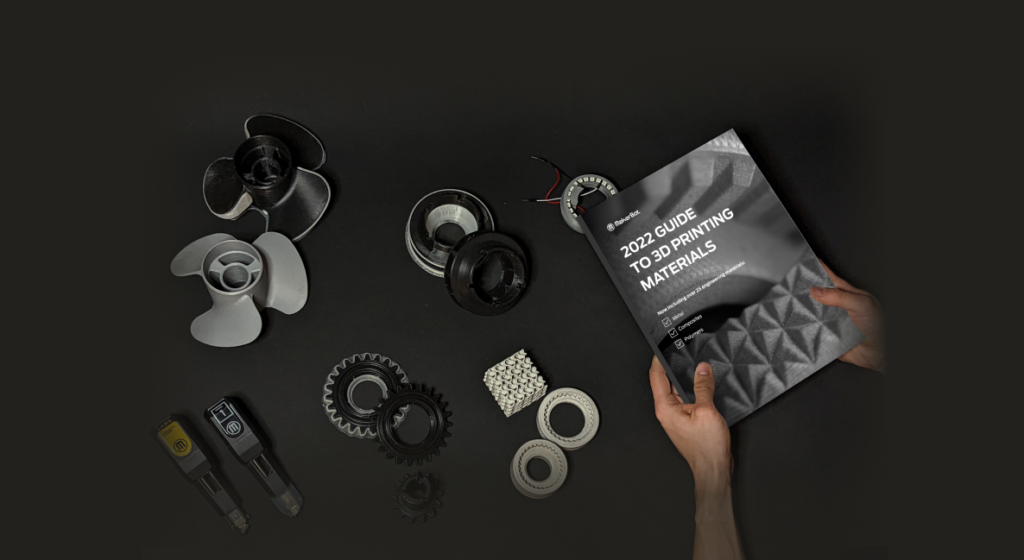
Okay now that you’ve done the background research, it’s time to put pen to paper. There are a few different types of content pieces that work well for lead generation including webinars, weekly / monthly newsletters, private discord channels, even hardware product samples.
But right now I’m finding that well-made guides work particularly well. This is because they feel like tangible objects which can be shared. They have perceived value that is beyond a blog post. And they can be tremendously visual. Also, the name guide – immediately gives the customer the sense that they will be learning something new and having their questions answered in-depth.
So what goes into a guide? Well that really depends on the topic. If it’s a buyers guide, it probably has a bunch of products and focuses on how to determine the ideal setup, ROI, pros and cons and so on. If it’s a guide on how to create jigs and fixtures using a desktop CNC machine, it probably goes through the benefits and types of jigs and fixtures, before diving into the step by step process for creating them on the machine.
While these guides should certainly highlight your hardware product throughout, the topic itself doesn’t need to be about the product. You can use imagery and mentions to get the point across, and even a quick sell sheet as a call to action at the end.
In addition to copy, the guide itself should be heavily visual with photos, drawings, and other graphics. It’s also worth noting that the cover is low key, one of the more important aspects as it will be used during the campaign to attract downloads.
Step 3 – Build a landing page
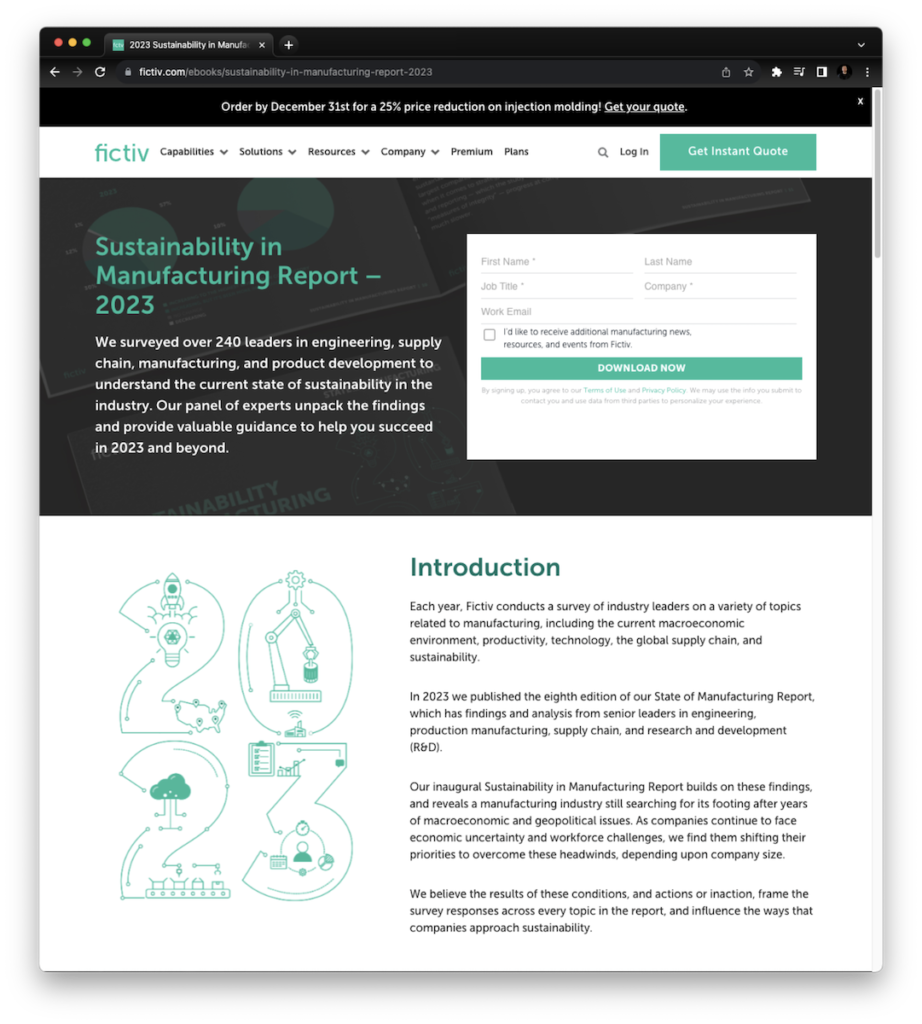
Now we have the downloadable content, but how do people download it? It’s time to build a gated landing page for the guide (or other piece of content) to live in.
This page should be pretty simple with just a few elements – a title, a description, and a form. I would highly recommend including some visuals such as a preview of the guide, maybe a table of contents or highlights to show your prospects what they are receiving by filling out the form. The form at = minimum needs to capture an email address, but ideally you would also get their name, and company for B2B hardware products. Just know that the more fields you add here, the lower your conversion rate will be.
Step 4 – Develop a multi-channel campaign that points to your content piece
Well we did the hard work of creating the guide now we get to market it. Yes, this part of the program is all about getting people to the guide – not actually selling your hardware product. That will happen further down the road.
In order to get your content piece in front of a big audience you’ll want to utilize all of the channels at your disposal.
- Social media ads – Paid social media campaigns allow you to reach new members of your target audience. The tools within Facebook alone are extremely insightful for discovering appropriate audiences, and if you can create some visually striking ads, you’re sure to bring in some interested prospects to your landing page.
- Blog posts – I’d recommend writing 2-3 blog posts that utilize elements of your content piece – think of them as teasers. They should give some high level insights and then push readers to view the full piece of content for more depth and the full picture. These should be SEO optimized for some of the choice topic keywords that you researched back in Step 1.
- Social Media Posts – Don’t forget to post across your social accounts. This can be especially effective if you’ve already worked to grow your audiences, but even on platforms like Linkedin, if you can get enough people interacting with your share, it will reach an exponential audience. You can get a bit more creative with these than the paid ads and test a variety of formats including short video to reach new audiences.
- Email your existing database – Finally it’s probably worth letting your existing email audience know about this new guide so draft a succinct email that mirrors the format of the landing page and fire that off as well.
If you have a compelling piece of content and an attractive campaign, leads will start to flow in as people fill out the form to download, sign-up, or whatever your gated content CTA is.
Step 5 – Build a nurture program to develop your captured leads into sales-ready leads.
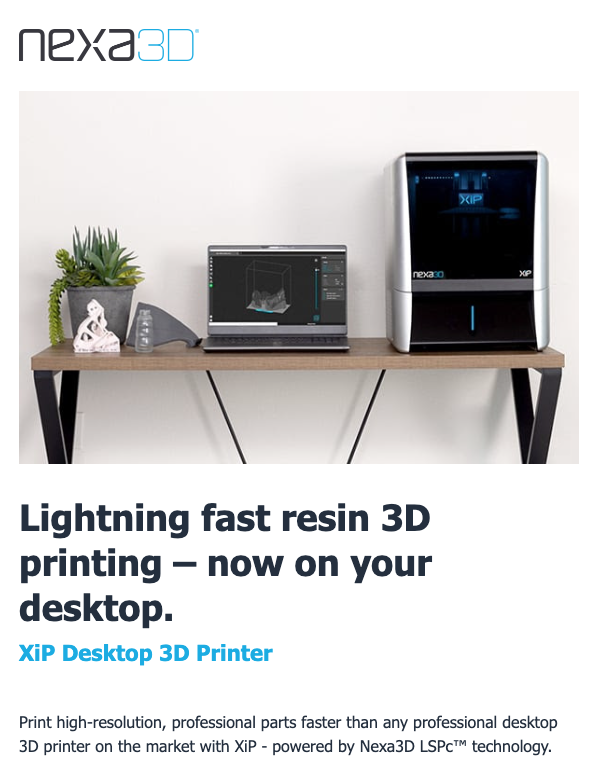
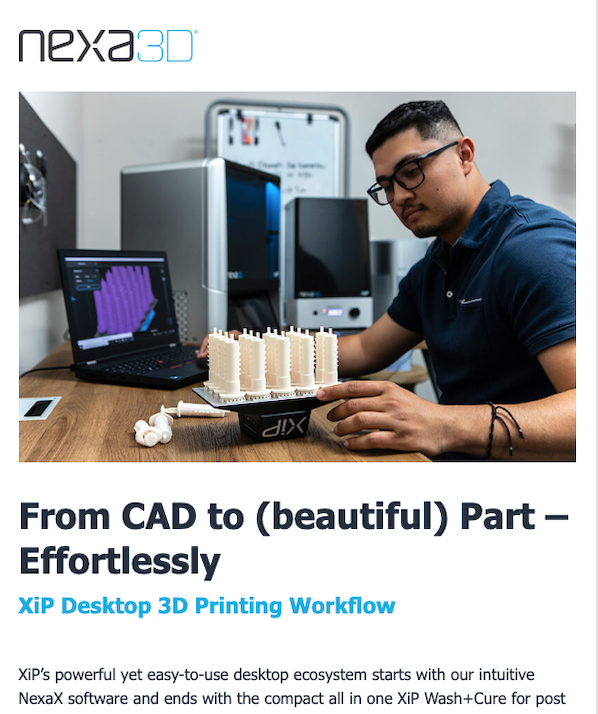
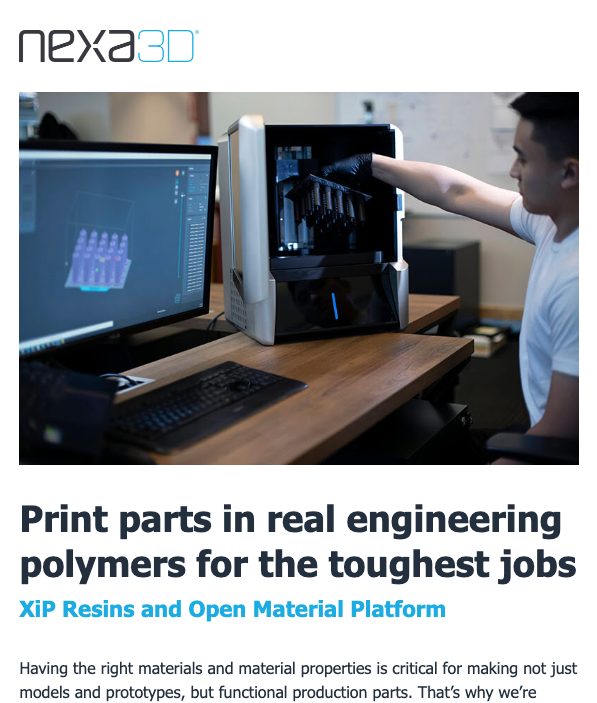
Now that you have leads flowing into your database it’s time to welcome them into your community. If you have a sales team, they can start reaching out, but you’ll also want to build an email nurture program that walks people through your brand and hardware product offering over a series of stepped emails. This is important if they came into the funnel for the guide but don’t necessarily have a good idea of what your specific offering is all about, and are not ready to talk to a sales rep.
The goal of the email nurture is to warm the leads up and push them toward a point where they either purchase, or at least start talking to a sales rep about whether or not your hardware solution is a good fit for them. You can also have a paid remarketing campaign setup here so that instead of ads for a guide, the prospects will start seeing ads for your hardware product.
That’s it, you now should have a fully functioning content marketing campaign bringing in leads. Of course with any campaign it’s always a good idea to track analytics and make optimizations. You can build out these types of content campaigns for a wide variety of topics and use them to target different customer types.

I remember when I first got started content marketing was a bit of an enigma, but after doing dozens of campaigns I’ve found this simple blueprint for making it not only easy to set up, but a true honeypot when it comes to lead gen.
If you need help setting up some content campaigns to target one or more audiences and generate high-quality leads we can help. Visit machinegrowth.co or email us at hello@machinegrowth.co and let’s schedule a scoping call!
